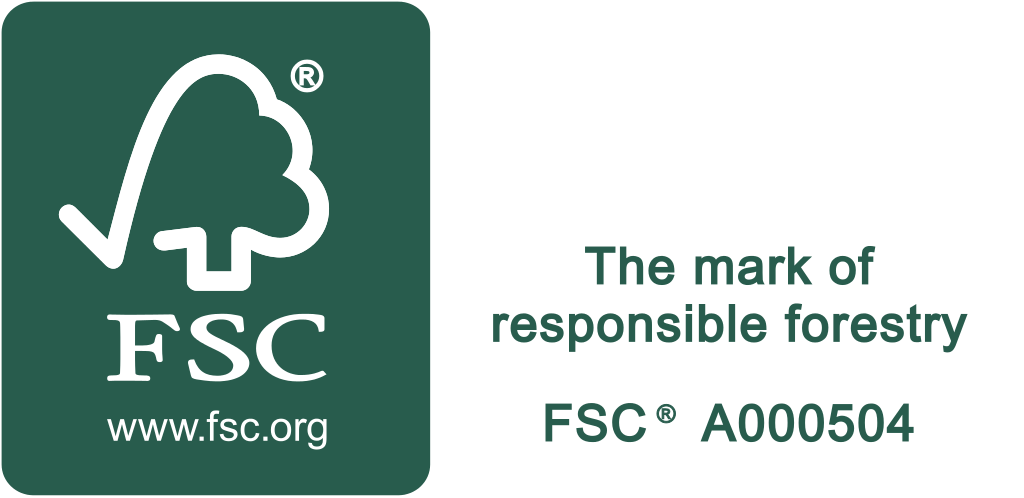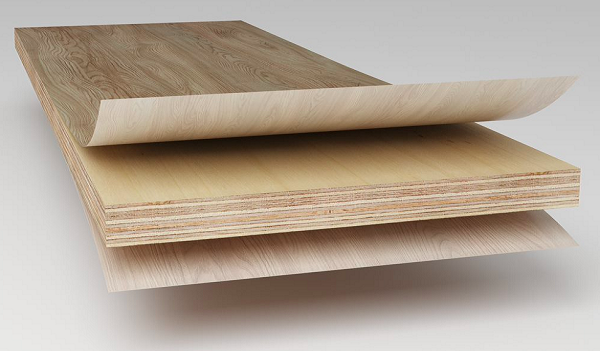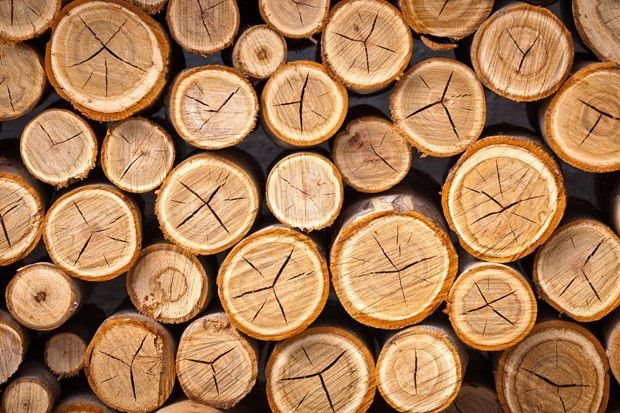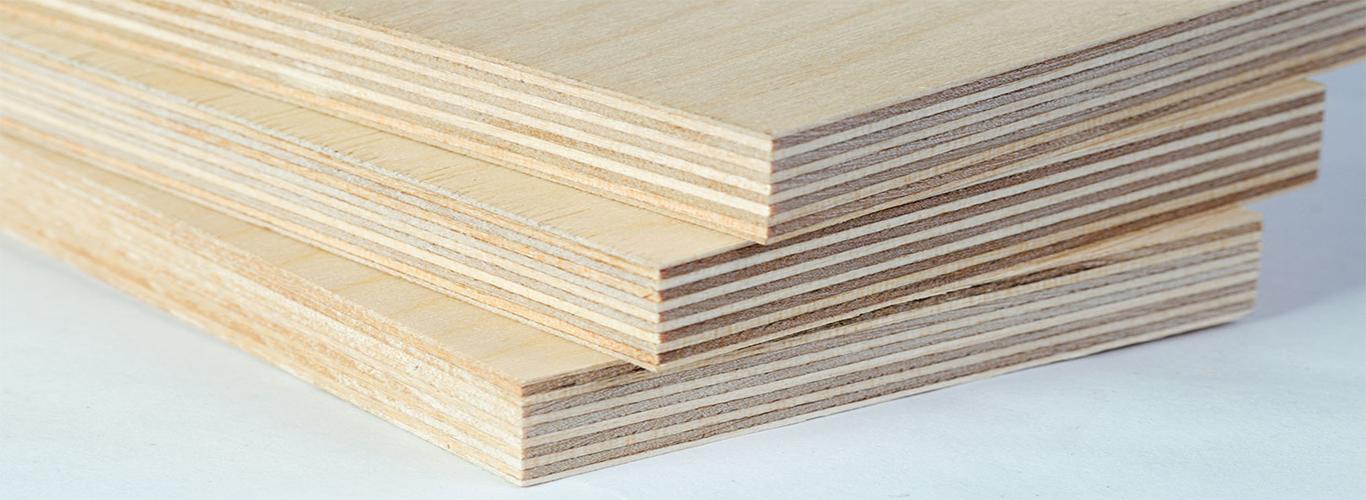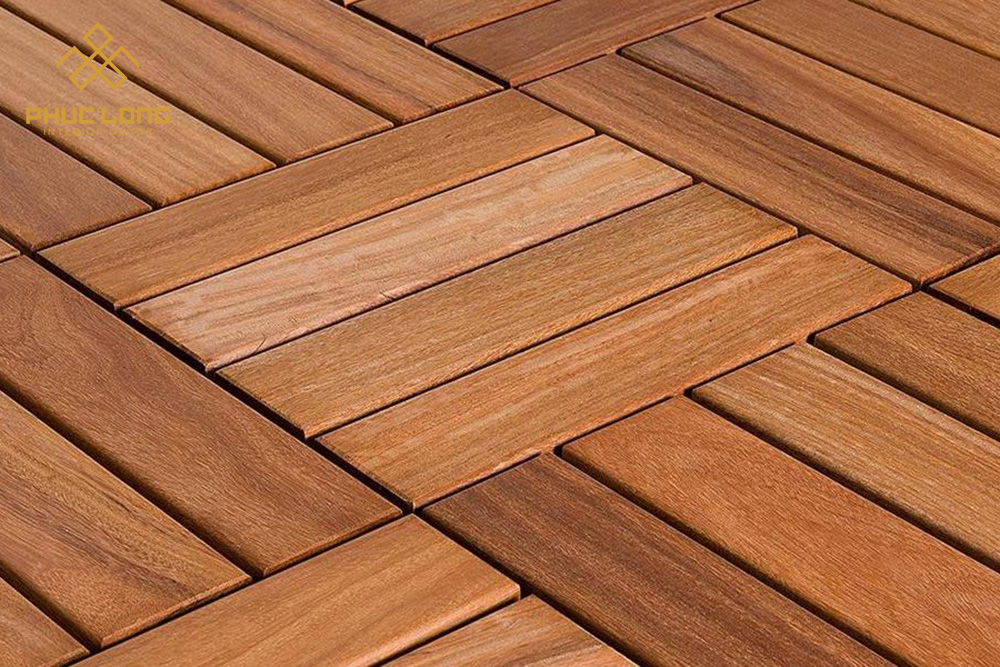Looking for factories that produce acacia plywood? Discover five essential tips to find reliable manufacturers and understand how acacia plywood differs from rubber wood.
A Complete Guide to Finding Factories That Produce Acacia Plywood
Acacia plywood has become increasingly popular due to its durability and sustainability, making it a go-to material for furniture, construction, and other applications. If you are seeking factories that produce acacia plywood, knowing how to find reliable manufacturers is essential. In this guide, we’ll provide you with a comprehensive roadmap to locate the best producers while exploring the unique characteristics of acacia plywood, especially compared to rubber wood.
Why Choose Acacia Plywood?
At the core of your search for the right factory, it’s crucial to understand why acacia plywood is in demand. Acacia wood is known for its exceptional strength, aesthetic appeal, and eco-friendliness. Unlike other types of wood, acacia is less prone to warping, which makes it perfect for use in various projects, from flooring to furniture making.
Factories that specialize in producing acacia plywood tend to focus on quality and precision. They often follow stringent manufacturing processes to ensure that the wood maintains its strength and unique characteristics after being processed into plywood.
5 Essential Tips to Find Acacia Plywood Factories
Search for Verified Suppliers
When searching for factories, it’s best to start with verified suppliers on reputable platforms like Alibaba, Global Sources, or industry-specific directories. These sites allow you to browse manufacturers, check reviews, and directly communicate with them. Verified suppliers typically meet specific standards, reducing the risk of quality issues.
Check Certifications
Ensure that the factory holds relevant certifications. Acacia plywood factories should be compliant with environmental standards, such as FSC (Forest Stewardship Council) certification. This ensures the wood comes from sustainably managed forests, which is a critical factor if you aim to maintain eco-friendly production. Factories with ISO certifications also adhere to international quality management standards, which guarantees a consistent manufacturing process.
Request Samples and Test the Quality
A reputable factory will have no issues sending samples of their acacia plywood. Make sure to test these samples for quality – look for smooth finishes, consistency in layers, and resistance to warping or moisture. Acacia plywood tends to be more resilient than rubber wood, which makes this step crucial in assessing whether the factory produces genuine, high-quality products.
Visit the Factory (If Possible)
Visiting the factory in person is ideal for building trust and assessing its manufacturing capabilities. While this may not always be feasible, a virtual tour or video call can give you insight into the factory’s operations. Look for modern equipment, organized workspaces, and efficient production lines. Factories that produce high-quality acacia plywood will have state-of-the-art machinery designed to handle hardwood efficiently.
Negotiate Terms and Contracts
Once you have shortlisted potential suppliers, negotiate terms including pricing, lead times, and quality guarantees. Clearly define the grade of acacia plywood you are looking for and ensure that the factory can meet your requirements consistently. Reliable factories are willing to provide favorable contract terms, especially if you intend to establish a long-term relationship.
Key Differences Between Acacia Plywood and Rubber Wood
When choosing between different types of plywood, understanding the key differences between acacia and rubber wood is vital. Both woods have their strengths, but acacia tends to offer several advantages that make it more suitable for specific applications.
Durability and Hardness
Acacia wood is significantly harder and more durable than rubber wood. Acacia has a Janka hardness rating of about 2,300 lb, making it one of the toughest hardwoods available. This characteristic makes acacia plywood a better choice for high-impact projects like flooring, where resistance to dents and scratches is essential. In contrast, rubber wood, though still considered a hardwood, is softer with a Janka rating closer to 1,000 lb. Rubber wood is more suitable for indoor furniture that doesn’t require extreme strength.
Moisture Resistance
Acacia plywood is naturally resistant to water and moisture, a property that rubber wood lacks. This makes acacia plywood the ideal choice for areas prone to humidity, such as kitchens and bathrooms. Rubber wood, on the other hand, may warp or expand when exposed to excess moisture, making it less suitable for such applications.
Aesthetic Appeal
Acacia plywood has a distinct, rich grain pattern, often showcasing natural swirls and knots that add to its visual appeal. This makes it popular for decorative uses, such as furniture or accent pieces where the wood’s beauty can be highlighted. Rubber wood is often more uniform in appearance, with a less pronounced grain. While this may suit those looking for a more minimalistic or modern look, it lacks the rustic charm of acacia.
Environmental Sustainability
Both acacia and rubber wood are considered sustainable, but acacia has a slight edge. Acacia trees grow faster than many hardwood species and are often cultivated in managed forests. Rubber wood is a byproduct of the rubber industry, where trees are harvested after they stop producing latex. However, rubber wood production may involve more chemical treatments due to its susceptibility to pests, making acacia plywood a more eco-friendly choice overall.
Cost and Availability
Rubber wood plywood is generally more affordable and readily available in Southeast Asian markets. Acacia plywood, on the other hand, can be pricier due to its premium qualities, but its long-lasting nature justifies the higher cost. If you are looking for a cost-effective option for furniture production, rubber wood could be a suitable choice. However, for projects requiring a higher level of durability and moisture resistance, investing in acacia plywood is worth the extra expense.
Conclusion
Finding a reliable factory to supply high-quality acacia plywood can be a complex task, but with the right strategy, you can ensure that your production needs are met. By focusing on verified suppliers, checking certifications, testing samples, and understanding the differences between acacia and rubber wood, you can make an informed decision that aligns with your project requirements.
Acacia plywood stands out due to its superior durability, moisture resistance, and aesthetic appeal, especially when compared to rubber wood. While it may come with a higher price tag, its long-lasting qualities make it a worthy investment. Following the tips provided in this guide, you’ll be well-equipped to find reputable acacia plywood manufacturers and enjoy the benefits that come with this premium material.
You can read more articles by visiting our blog here.



